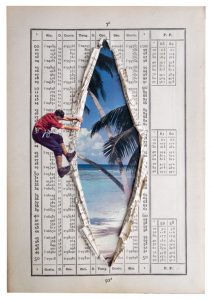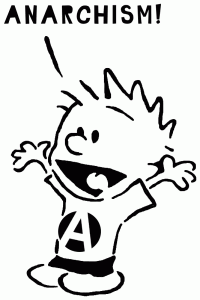“in order for criticism to arise naturally from within our culture, discourse must serve the same function it has always served. in euro-society, literary criticism heightens the competition between writers and limits entry of new writers to preserve the original canon. what will its function be in our societies? (maracle, 85)
in the following paragraphs in her essay, maracle answers her question describing what she sees to be the function of literary criticism in salish society. summarize her answer and then make some comparisons between maracle and frye’s analysis of the role of myth in nation building.
– assignment given by erika paterson

in her essay “toward a national literature: a body of writing” lee maracle highlights the use of literary canon as a gate keeper that “limits entry of new writers to preserve the original canon” (84).
maracle draws attention to the fact that a real theorist is someone who has an expansive “foundation in their own society’s knowledge, who exercise[s] unique brilliance and apply clear analysis and imagination to the existing base to devise structurally sound hypotheses for the development, advancement, and augmentation of the existing foundation” (83). In short, developing literary criticism within a society takes a lot of time, knowledge and a strong self identity to build up, things that the first people have had stolen from them in the last century, as maracle outlines, through the cultural genocide that was endured after the colonization of canada (80). in this way maracle underscores the strength and intelligence of her people that has been misconstrued as colonizers both stole the ability for the first people to function as a society and also taught that they were a dysfunctional society.
maracle states that the role of old story criticism in the salish community “is first to understand it; second, to see oneself in the story; and then to see the nation, the community, and our common humanity through the story and to assess it’s value to continued growth and transformation of the community and the nation.” (85) the storyteller bears a responsibility in maintaining the origins of the old stories, while the community bears a responsibility to respond to the story and use “healthy communal doubt” to inspire the salish to “face [themselves], to grow and transform [themselves].” (85) the old stories are faced with communal reflection, “gathering together to see what is new and being born” and reinterpretation builds new transformation stories that resonate with current events. (85)
maracle suggests that the role of myth-making for the salish is to develop healthy community values and determine the best way for everyone moving forward. it is for grounding the people in both their history and present, to interpret how the past has formed their present, and how their present will transform their future. this observation of myth making is much the same as the onenorthrop frye suggests in his “conclusion to a literary history of canada” – that myth-making of all societies comes from “the vision of a social ideal.” (240) He notes that many such myths in canadian literature are centered around childhood, innocence or simpler times that focus on the pioneer’s relationship with the land. he calls it the “sentimental or nostalgic pastoral myth”. (244) he suggests that the focus on nature mythologies leads in two directions – the human conquering nature, and the human being defeated by the elements of nature. (248) he also notes how older literature plays into the creation of newer peaces, old themes being revisited but with new roles to meet the current times. (252).
with so much similarity in how nation story making is developed, it seems a tragedy that so much of the first people’s stories have been interrupted by the focus on the euro-canadian stories.
it’s halloween this weekend and i dressed up as alice in wonderland. i am privileged to be able to dress up and celebrate my favourite euro childhood story growing up, and my lovely boyfriend happily humoured me by sharing this with me, even though he is french canadian and it is not part of his literary history. i think of those whose oral histories have been immensely disrupted and who are bombarded by our euro-canadian stories, films and culture 365 days a year while still suffering the repression of their own. thinking of those at standing rock too. i guess i feel guilty. and probably should. for the first time i am learning about some of the salish histories. i should’ve taken the initiative to learn them long ago. to learn about coyote and raven and other shape shifters and transformers and charm. they should be histories that are just as common to me as my own because they are histories of the land that i am living on.
what does it say about it us by the histories we relate to?
works cited
Frye, Northrop. “Conclusion to a Literary History of Canada.” The Bush Garden; Essays on the Canadian Imagination. 2011 Toronto: Anansi. Print.
Horgan, Colin. “Justin Bieber’s fabricated nationalism” Mclean’s Politics. 25 Nov. 2012. http://www.macleans.ca/politics/justin-biebers-fabricated-nationalism/. Accessed 28 Oct. 2016.
Maracle, Lee. “Toward a National Literature: A Body of Writing.” Across Cultures/Across Borders: Canadian Aboriginal and Native American Literature. Ed. Paul DePasquale, Renate Eigenbrod, and Emma LaRocque. Toronto: Broadview, 2010. Print.
Paterson, Erika. “Lesson 3.1”. ENGL 4710 Canadian Literary Genres: Canadian Studies. University of British Columbia. Nov. 2013. https://blogs.ubc.ca/courseblogsis_ubc_engl_470a_99c_2014wc_44216-sis_ubc_engl_470a_99c_2014wc_44216_2517104_1/unit-3/lesson-3-1/. Accessed 28 Oct. 2016.
 Follow
Follow_01_Crisco_restoration.jpg)






